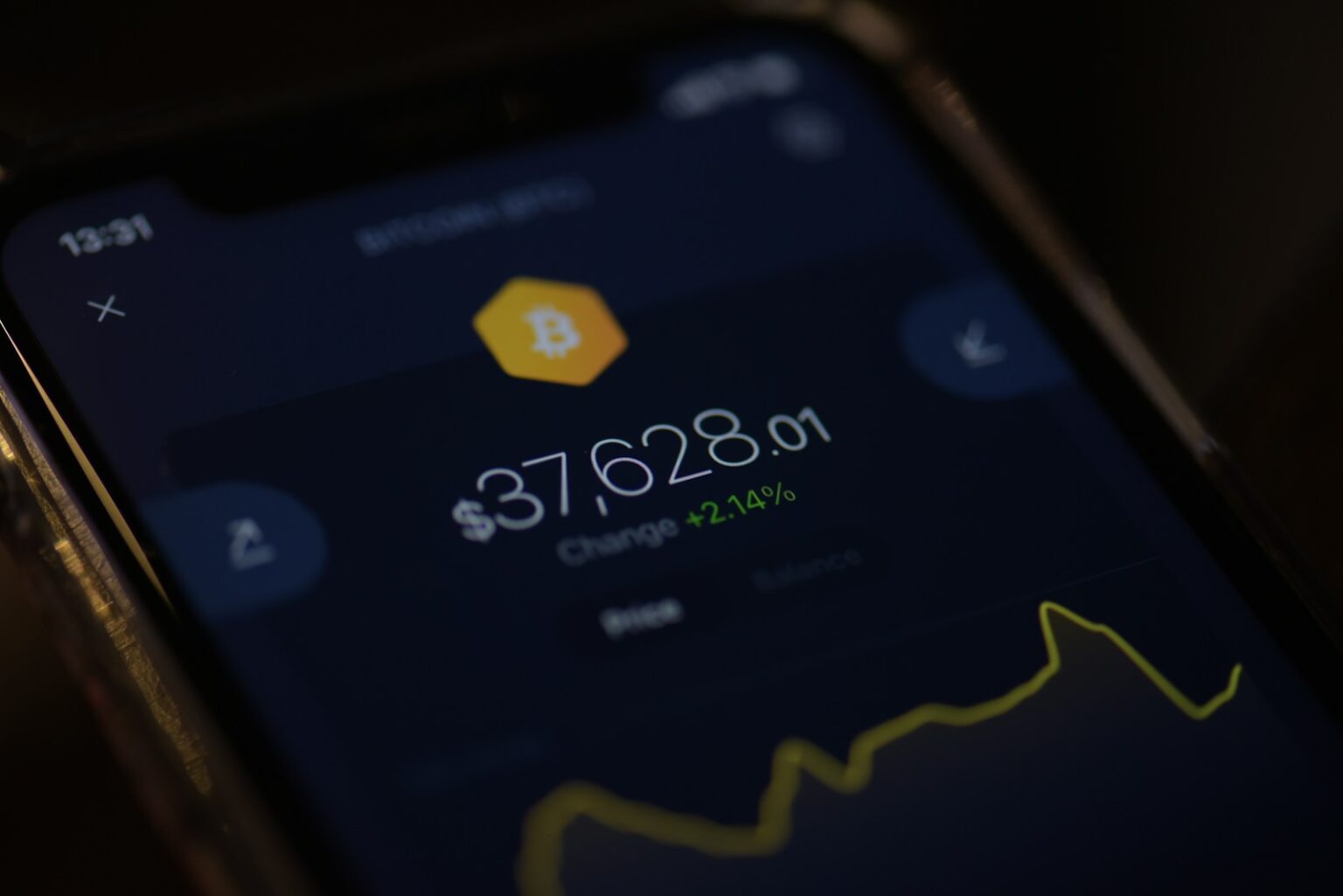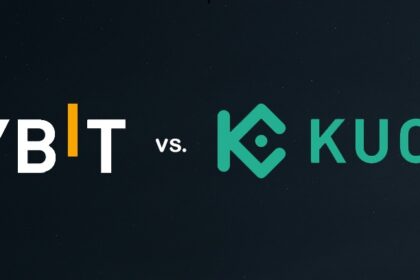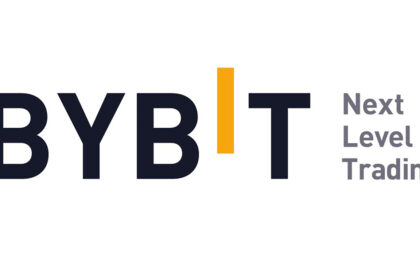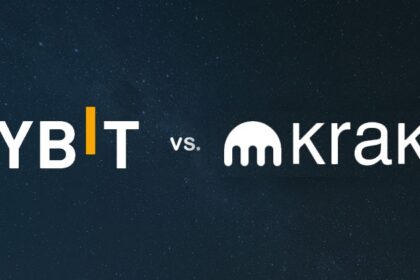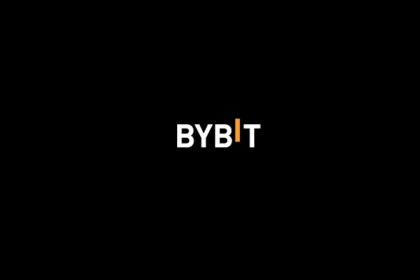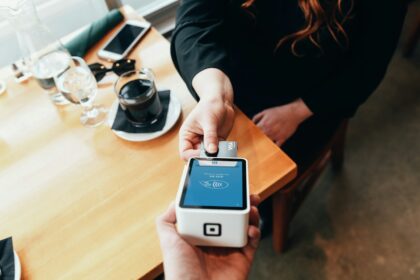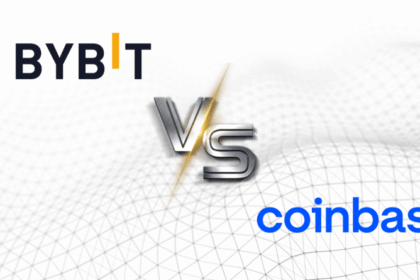Welcome to the world of cryptocurrency. It can seem complex, but at its heart, it is about giving you control over your digital assets. To do that, you need a digital wallet. Today, we are going to explore the Bybit Wallet ecosystem. This is a complete guide to understanding what it is, how it works, and how you can use it safely and effectively.
When people talk about a “wallet” on a cryptocurrency exchange like Bybit, they are often talking about two different things. It is very important to understand this difference from the start.
- The Bybit Exchange Wallet (Your Account): This is where your funds are held when you deposit money to trade on Bybit. It is a custodial wallet, which means Bybit manages the security and a lot of the technical parts for you.
- The Bybit Web3 Wallet: This is a newer, separate product. It is a non-custodial wallet. This means you and only you have full control over your funds and your private keys.
This guide will cover both, explaining each one simply so you can decide which one is right for your needs.
Part 1: Understanding Custodial vs. Non-Custodial
This is the single most important concept to learn in crypto. Let’s break it down in a simple way.
- Custodial Wallet (Like a Bank)
Think of a custodial wallet like your traditional bank account. You deposit your money, and the bank holds it for you. You trust the bank’s security (vaults, guards) to keep it safe. You can access your money using a password and 2FA, but the bank ultimately controls the ledger.Example: The Bybit Exchange Wallet.
- Non-Custodial Wallet (Like Cash in Your Hand)
Think of a non-custodial wallet like cash in your physical wallet or a safe in your home. You have it. It is 100% your responsibility. If you lose it, it’s gone. No one can take it from you, but no one can help you recover it if you lose your key (the “seed phrase”).Example: The Bybit Web3 Wallet.
Most beginners start with a custodial wallet because it is easier. Advanced users often prefer non-custodial wallets for full control and access to DeFi (Decentralized Finance).
Part 2: The Bybit Exchange Wallet (Your Trading Account)
When you sign up for Bybit, you automatically get an Exchange Wallet. This is not one single wallet, but a system of accounts designed to help you manage your funds for different activities, like trading or saving.
The Different Accounts Inside Your Exchange Wallet
This can be confusing for new users, but it is actually very organized. Your funds are split into different “pockets” based on what you want to do with them.
How to Deposit Crypto to Your Bybit Exchange Wallet
Let’s say you bought Bitcoin on another platform and want to send it to Bybit to trade.
- Log in to your Bybit account.
- In the top-right corner, hover over Assets and click Deposit.
- Select the coin you want to deposit (e.g., BTC, ETH, USDT).
- This is the most important step: Select the correct Chain Type (Network).
- For example, if you send USDT, you must choose if you are sending it on the Ethereum network (ERC-20), Tron network (TRC-20), or another one. The network you choose on Bybit MUST match the network you send from.
- If you choose the wrong network, your funds will likely be lost forever.
- Once selected, Bybit will show you a Deposit Address (a long string of letters and numbers) and a QR code.
- Go to the wallet you are sending from, and paste this address into the “Withdraw” or “Send” field.
- Double-check the first and last four characters of the address to ensure it copied correctly.
- Send the funds. It may take a few minutes to several hours to arrive, depending on the network.
How to Withdraw Crypto From Your Bybit Exchange Wallet
Withdrawing is just the deposit process in reverse.
- Go to Assets and click Withdraw.
- Select the coin you want to withdraw.
- Go to the wallet you want to send to and get its “Deposit Address.”
- Paste this address into the Address field on Bybit.
- Again, choose the correct network. It must match the network of the receiving wallet.
- Enter the amount you want to withdraw.
- Bybit will ask you to complete security verification: usually your password, a 2FA code (from Google Authenticator), and an email confirmation code.
- Confirm the withdrawal.
Security of the Exchange Wallet
Since Bybit is holding your funds, they are responsible for security. They use industry-standard practices like:
- Cold Storage: The vast majority of user funds are held in “cold wallets,” which are not connected to the internet and are safe from hackers.
- Proof of Reserves (PoR): Bybit regularly publishes reports to prove that they hold all user assets 1:1. This means they are not using your money for other things.
- Your Security Tools: You must also protect your account. Bybit provides tools like:
- Two-Factor Authentication (2FA) – You must turn this on.
- Withdrawal Whitelisting (Only allow withdrawals to addresses you pre-approve).
- Anti-Phishing Code (A special code you set that appears in all official Bybit emails).
Ready to Start Trading?
Join Bybit, one of the world’s leading cryptocurrency exchanges. Safe, fast, and reliable for all your trading needs.
Use our referral code for exclusive benefits!
Global (non-EU): BYBIT31 | EU Users: BYBIT3K
Part 3: The Bybit Web3 Wallet (Your Non-Custodial Wallet)
This is a completely different product. The Bybit Web3 Wallet is Bybit’s answer to MetaMask or Trust Wallet. It is your personal gateway to the decentralized web (Web3).
When you create this wallet, you are the *only* one with access. Bybit cannot access your funds. Bybit cannot freeze your funds. Bybit cannot help you if you lose your password or “seed phrase.”
This is the most important rule of non-custodial wallets: Not your keys, not your crypto. With the Bybit Web3 Wallet, they are your keys.
How to Create Your Bybit Web3 Wallet
You can create one directly from your Bybit dashboard or in the Bybit app. It is designed to be simple.
- In your Bybit account, find the Web3 tab at the top.
- Click on Bybit Wallet and follow the prompts to create one.
- During setup, the wallet will generate a 12-word “Seed Phrase” (also called a “Recovery Phrase” or “Mnemonic Phrase”).
- YOU MUST WRITE THIS DOWN. Write it on a piece of paper (or two) and store it somewhere safe where no one can find it. Do not store it in your email. Do not take a screenshot. Do not save it in a text file on your computer.
- This 12-word phrase is your wallet. Anyone who has these 12 words can take all your funds.
- The wallet will also have a “private key.” The seed phrase is just a more human-readable way to store the private key.
What Can You Do With the Bybit Web3 Wallet?
This wallet is your passport to the world of DeFi, NFTs, and DApps (Decentralized Applications).
- Interact with DApps: You can connect your wallet to platforms like Uniswap, PancakeSwap, or Aave to trade, lend, or borrow crypto without a middleman.
- Manage NFTs: You can securely store your Non-Fungible Tokens (NFTs) and view your collection.
- Explore Multiple Chains: The wallet is multi-chain, meaning it supports assets on Ethereum, BNB Smart Chain, Polygon, and many other networks, all in one place.
- Hold Your Assets: You can simply use it as a secure, long-term storage (cold storage, if you keep the phrase offline) for your crypto, separate from the exchange.
Exchange Wallet vs. Web3 Wallet: Which to Use?
Unlock Your Web3 Potential
The Bybit ecosystem gives you the best of both worlds: a powerful exchange and a secure Web3 wallet. Sign up today to get started.
Sign up with a referral code to get rewards!
Global (non-EU): BYBIT31 | EU Users: BYBIT3K
Part 4: Security Best Practices for Your Wallet
Whether you use the custodial or non-custodial wallet, security is your job. Here are some non-negotiable rules for keeping your crypto safe.
For Your Bybit Exchange Account (Custodial)
- Enable Google Authenticator (2FA): Do not use SMS 2FA if possible. SMS is vulnerable to “SIM-swap” attacks. Use an app-based 2FA like Google Authenticator or Authy.
- Use a Strong, Unique Password: Do not reuse passwords from other websites. Use a password manager to generate and store a long, random password for Bybit.
- Set an Anti-Phishing Code: This adds a unique word or phrase to all official Bybit emails. If you get an email *without* this code, you know it’s a fake phishing attempt.
- Whitelist Withdrawal Addresses: This feature, when enabled, only allows you to withdraw funds to addresses you have manually approved. It adds a 24-hour delay when adding a new address, which can stop a hacker from draining your account.
- Beware of Phishing: Never click links in emails or direct messages. Always type bybit.com directly into your browser. Hackers create fake websites that look identical to the real one to steal your password.
For Your Bybit Web3 Wallet (Non-Custodial)
All the rules above apply, plus these even more critical ones:
- GUARD YOUR SEED PHRASE: This is rule number one, two, and three. Never, ever, ever type it into a website. Never give it to “support staff” in a DM. No one from Bybit will ever ask for it. If they do, they are a scammer. Store it offline, in multiple, hidden locations.
- Beware of “Approve” Scams: When you use DApps, you often have to sign a transaction to “approve” the DApp to spend your tokens (e.g., to let Uniswap trade your USDT). Scammers create fake DApps that ask you to sign an “approve” transaction that gives them unlimited access to your wallet.
- Use a Hardware Wallet: For maximum security, connect your Bybit Web3 Wallet to a hardware wallet (like a Ledger or Trezor). This device keeps your private keys offline, so even if your computer has a virus, the hacker cannot sign transactions.
- Revoke Permissions: After you are done using a DApp, it is good practice to go to a “token approval” checker (like Etherscan’s) and revoke the permissions you gave, just to be safe.
Security is Our Priority
Bybit provides industry-leading security for your exchange account. Get peace of mind and access to a world-class trading engine.
New users can get amazing welcome rewards. Use a referral code!
Global (non-EU): BYBIT31 | EU Users: BYBIT3K
Part 5: Get Rewarded with Bybit Referral Codes
Bybit offers a generous referral program for new users. When you sign up, using a referral code gives you access to a “Rewards Hub” where you can complete simple tasks to earn bonuses. These bonuses can be deposit vouchers, trading fee coupons, or even direct crypto rewards.
This is a great way to start your trading journey with a little extra capital. The rewards can be substantial, sometimes worth up to thousands of dollars depending on the size of your first deposit and trading volume.
Which Bybit Referral Code to Use?
Due to regulations, Bybit operates differently in various regions. It is important to use the correct code for your location.
- For Global Users (Outside the European Union)
If you live in Asia, South America, Canada, Africa, or most other non-EU countries, you should use the Global registration link.Referral Code:
BYBIT31 - For Users in the European Union (EU)
If you live in an EU country (like Germany, France, Poland, Spain, etc.), you must use the specific EU registration link.Referral Code:
BYBIT3K
How to Use the Code
It’s simple. During the sign-up process, you will see a field labeled “Referral Code (Optional)”. Simply enter the correct code (BYBIT31 or BYBIT3K) in this box before you complete your registration. If you use one of the registration links provided in this article, the code will likely be filled in for you automatically.
Don’t Miss Out on Welcome Rewards!
Use a referral code when you sign up to Bybit to unlock exclusive deposit bonuses and trading fee discounts. It’s the best way to start!
Get your rewards now!
Global (non-EU): BYBIT31 | EU Users: BYBIT3K
Part 6: Conclusion – The Right Wallet for You
The Bybit Wallet is not just one thing. It is a powerful, flexible ecosystem that serves two very different needs.
For most users and beginners, the Bybit Exchange Wallet (your custodial account) is the perfect place to start. It is secure, easy to use, and allows you to buy, sell, and trade crypto with low fees. You get the benefit of Bybit’s institutional-grade security and customer support without the stress of managing your own private keys.
For advanced users and DeFi explorers, the Bybit Web3 Wallet is an excellent non-custodial tool. It provides a gateway to the new, decentralized internet, giving you full control and ownership of your assets. It integrates smoothly with the exchange, making it easy to move funds between your trading account and your DeFi adventures.
The best strategy is often to use both: Keep your active trading funds on the exchange, and move your long-term investments or assets you want to use in DeFi to your Web3 wallet. By understanding the difference and practicing smart security, you can navigate the world of crypto with confidence.
Frequently Asked Questions (FAQ)
1. What is the difference between the Bybit Wallet and the Bybit Web3 Wallet?
The “Bybit Wallet” (or Exchange Wallet) is custodial, meaning Bybit secures your funds for you. It’s used for trading on the exchange. The “Bybit Web3 Wallet” is non-custodial, meaning you control the 12-word seed phrase and are 100% responsible for your funds. It’s used for DeFi and NFTs.
2. Is the Bybit Wallet safe?
Yes. The Bybit Exchange Wallet is protected by industry-leading security, including cold storage and Proof of Reserves. The Bybit Web3 Wallet is as safe as you make it; its security depends entirely on you protecting your seed phrase.
3. What is a Bybit referral code and how do I use it?
A referral code gives new users welcome bonuses, like deposit rewards and fee discounts. You enter it in the “Referral Code” box when signing up. Use code BYBIT31 for Global (non-EU) registration, or BYBIT3K for EU registration.
4. Which Bybit referral code should I use?
It depends on your location. If you are in the European Union (e.g., Germany, France, Poland), you must use the EU registration and the code BYBIT3K. If you are outside the EU (e.g., in Asia, Canada, South America), use the Global registration and code BYBIT31.
5. I lost my Bybit password. Can I recover my funds?
For the Exchange Wallet: Yes. You can go through the standard “Forgot Password” recovery process, which will require access to your email and 2FA. For the Web3 Wallet: No. If you lose your 12-word seed phrase, your funds are gone forever. Bybit cannot help you.
6. What is a “seed phrase” or “recovery phrase”?
It is a list of 12 (or 24) words that acts as the master key to your non-custodial wallet (like the Bybit Web3 Wallet). Anyone who has these words can access and steal all your crypto. You must protect it and never share it with anyone.
7. What happens if I send crypto to the wrong network?
In most cases, your funds will be permanently lost. This is the most common mistake beginners make. Always double-check that the “Chain Type” (e.g., ERC-20, TRC-20, BEP-20) is the same on both the sending and receiving wallets.
8. What is the Funding Account vs. the Spot Account?
The Funding Account is your main “hub” for depositing and withdrawing funds. The Spot Account is what you use for actually trading crypto (e.g., buying BTC with USDT). You must transfer funds from Funding to Spot (or to the Unified Trading Account) before you can trade. This internal transfer is instant and free.
9. Can I use the Bybit Web3 Wallet to trade on the Bybit exchange?
No, not directly. To trade on the Bybit exchange, you must first deposit your funds from your Web3 Wallet into your Bybit Exchange Wallet (Funding Account). They are two separate systems.
10. What are the benefits of using the Bybit referral codes BYBIT31 or BYBIT3K?
Using these codes (BYBIT31 for Global, BYBIT3K for EU) unlocks the new user “Rewards Hub.” You can earn significant bonuses, often worth up to $30,000, by completing tasks like making your first deposit and reaching certain trading volumes. It also gives you access to trading fee discounts.


